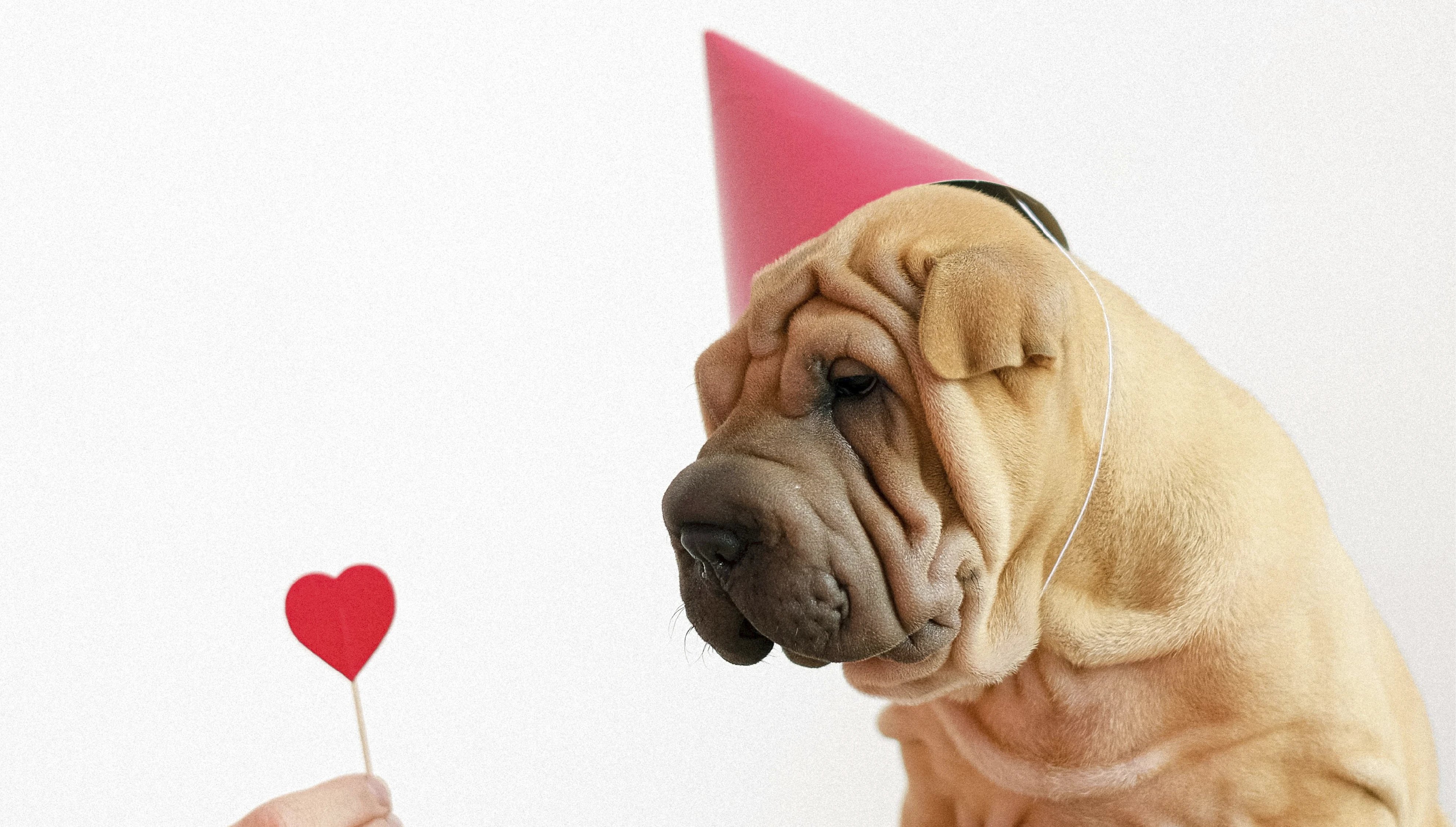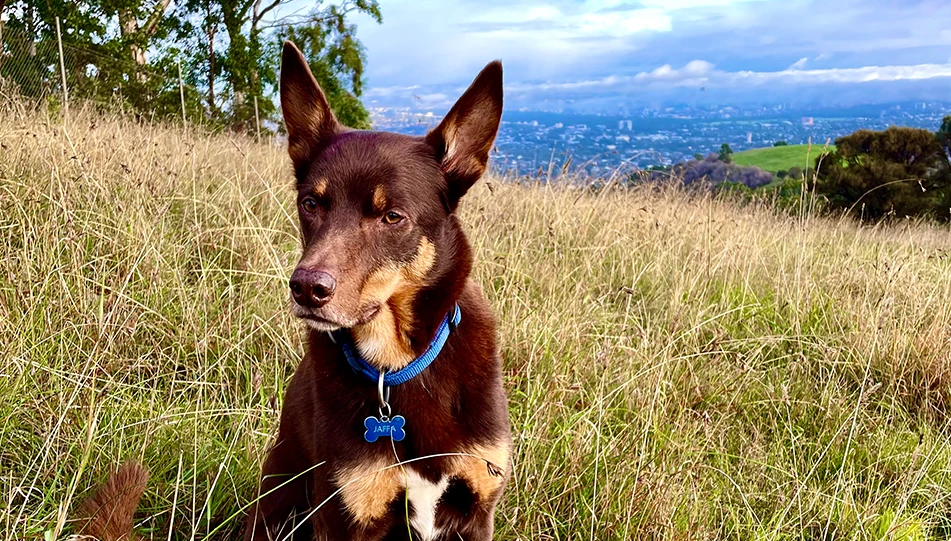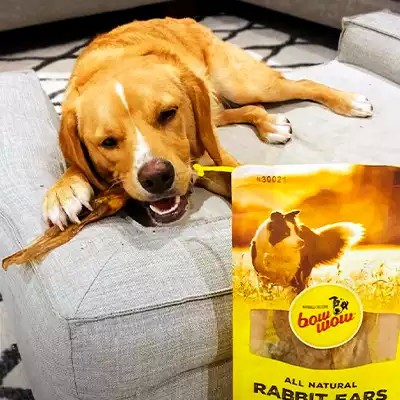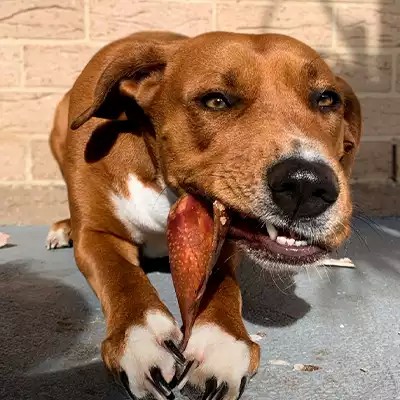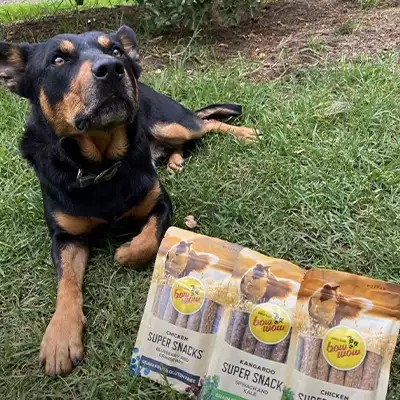News >
Keeping Dogs Healthy During Spring
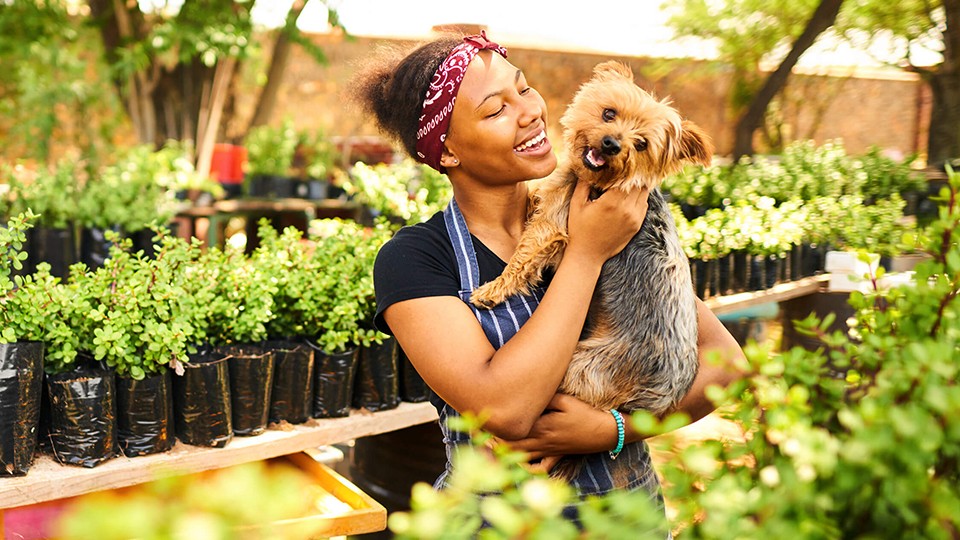
One of the first things we do with the extra sunshine and warmer weather that spring brings is to focus on our gardens. This can often mean new plants, using weed sprays, fertilisers, and insect repellents. But this may present some dangers for your furry friends, who love spending time playing in the fresh air and open space.
Using Garden Products Around Dogs
You may have found that your dog occasionally munches on grass, so products designed to kill weeds and snails will be harmful to them if
ingested. Snail pellets may look like a tasty treat to your dog, but we can assure you they won’t bode well (our Bow Wow snacks will
though!).
Sprays can be more problematic as dogs can run through sprayed areas, then transfer chemicals onto their eyes and mouths through their grooming or playing. Always enclose a sprayed area for 24 hours so your pooch can’t get in.
Are Mulch and Fertilisers Safe for Dogs?
Some mulches or fertilisers can actually be toxic to dogs, with veterinarians often finding dogs coming in sick from substances they’ve
ingested from nature and garden spaces. Generally, fertilisers can cause gastrointestinal irritation from mild to moderate severity,
resulting in vomiting, abdominal pain, drooling, nausea and potentially seizures if ingested in larger amounts.
Ensure that you store them safely out of reach from your dog, follow the guidelines on the label, and to keep your dog inside while doing garden work until the product is absorbed by the soil. Most importantly, check the ingredients list for the fertilisers – organic fertilisers can be more dangerous for dogs as they contain “meals” from bone, blood, fish, or feathers. Dogs have a fantastic sense of smell, so while these reek to humans, they are tempting to your four-legged friend. If you suspect your pet has ingested any fertiliser, immediately reach out to your local vet for further advice, and if possible, take a sample of the products used.
Plants and Flowers Aren't All Dog Friendly!
Unfortunately, not all plants and flowers are healthy for your dog. Ivy in particular is as much a nightmare to dogs as it is to humans –
some can cause nasty rashes or bring on hives, so if your area does have ivy, keep it high and out of range of dogs. If trimming ivy be
careful not to lump it on the lawn for removal later, you might be covered up with overalls but your pets is not, and their natural
curiosity might get the better of them!
Some other common household plants that are toxic to dogs include daffodil, aloe vera, lily, azalea, tulip, gardenia, hyacinth, jasmine, and wisteria. This isn’t an exhaustive list, and even plants with low toxicity can still cause negative symptoms like gastrointestinal upset to dogs, so keep an eye out on your dog around plants. If you suspect your dog has ingested plant matter, reach out to your vet, and explain as much information as you can. If you find your pet frequently reaching for plants to chew on, it may be a symptom of boredom, or they are looking for something to chew on. Ensure your dog is regularly exercising, and that you are spending quality bonding time with your dog. Plus, some of our Bow Wow treats and snacks are perfect for dogs who love to chew, like our Rabbits Ears or Longer Chews. The chewing action promotes naturally cleaner teeth, and mentally stimulates your dog, which can reduce boredom and keep them occupied.
Keeping Dogs Safe From Snakes
If you have a reasonably large property or go for walks in bushy areas, chances are there will be snakes. There isn’t much we can do
besides being vigilant of our surroundings and if your pet starts barking suddenly at the ground, call your dog away and be cautious when
checking the area.
However, there isn’t much you can do about snakes, especially if you can’t see them. So, if your dog is suddenly barking at something in the garden, call them back and do you best to see if there is anything there before letting then back to that area. If your pet is looking unwell, lethargic, or vomiting and you are perplexed as to why, then it could be a snake bite. Check all legs and underbelly for any tell-tale signs of a bite and head straight to the vet if one is found. If you are unable to find a bite but your pet isn’t getting better, it is important to still see your vet.
Antihistamines can be great for many people that suffer from hay fever and may be needed daily, but they can be dangerous for your pet if
ingested so always keep your medication out of reach of pets.
Fun ideas for your dog in spring
Spring time isn’t all danger – there are a lot of fun ways to spend with your dog now that the warmer weather has come in! From camping to
trips to the dog park, it’s the ideal time to re-energise from winter and explore.
Have a picnic
Picnics don’t just have to be for people – they’re a great way to relax with your dog after a fun day out or to relax. Local parks that are
dog friendly are a great way to make a day of it, but even your own backyard can be a cute place. All you need is a blanket and some tasty
treats – why not make a charcuterie board for your dog also, with a selection of their favourite treats!
Go on a hike or walking trail
Your dog will love the opportunity to get some fresh air and explore – and it’s a great way to test your own endurance. Whether you’re new
to hiking or a seasoned regular, there is bound to be a path or location for you to spend time with your dog in the great outdoors. Don’t
forget to bring some water and take regular breaks. Our Super Snacks make great treats to support their wellbeing, and a great size to take
with you travelling. Top tip: if you want to stagger giving snacks to your pooch, try breaking the stick in smaller pieces!
Walk on the beach
If a nature trail isn’t really your thing, maybe the beach is! Many beaches are dog-friendly and it gives them the opportunity to have fun
in the water too. Playing frisbee or fetch is also a beach favourite if it’s a quieter day.
Learn a new trick
Whether you have a puppy or a dog, learning new tricks is always a fun challenge and perfect for spending time to bond with your furry
friend. If you’re dog isn’t the easiest to motivate, try using their favourite treat as an incentive – dogs have a powerful sense of smell
and it can be a good way to encourage or reward them. If your dog is already well versed in rolling over, shaking paws and doing handstands,
then take it to the next level by putting together an agility course for them – it’s as easy as moving a few things in your backyard for
them to run around, over or under.

